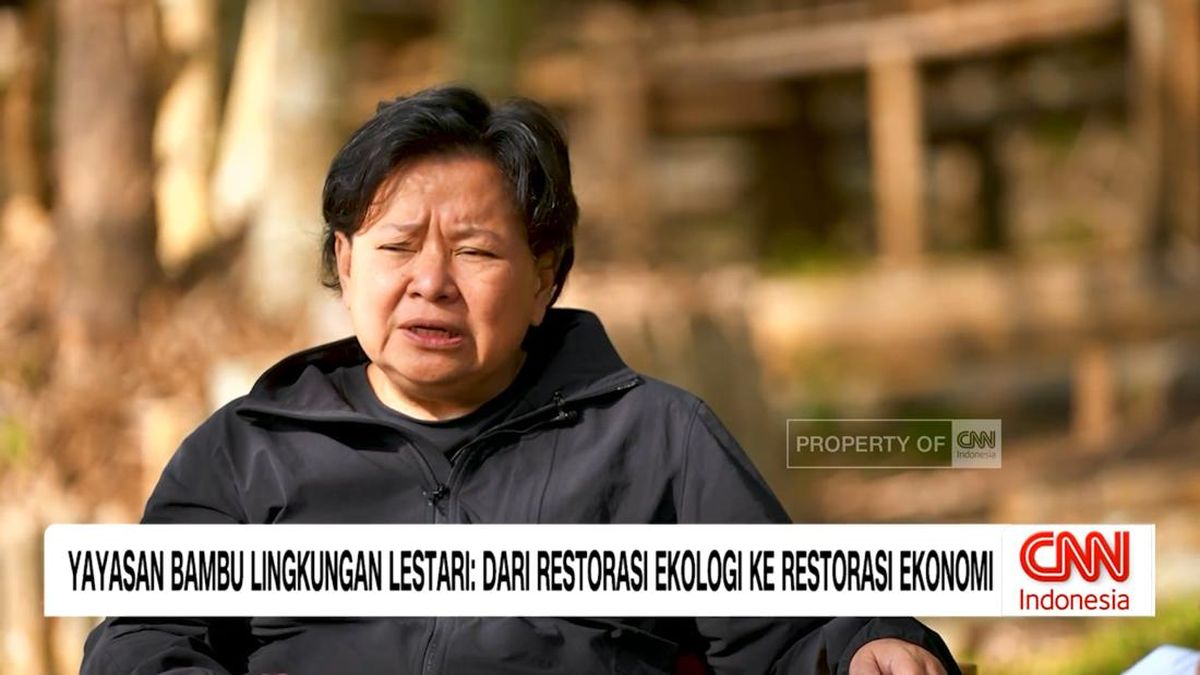A CBD breakfast spot tailored to students, a Windsor bistro championing the flavours of Yunnan including passionfruit, and a sprawling BYO-friendly restaurant complete with karaoke rooms.
Quincy Malesovas
September 25, 2025
Cantonese and Sichuan staples have long been part of the Australian dining landscape, but these three new venues are showcasing the foods of other regions – a win for Chinese diners seeking familiarity, and for locals eager to expand their understanding of Chinese food.
Shunde Cuisine
This sprawling Chinatown eatery is the latest project from Billy Fong and Lana Tan, the duo behind a string of suburban venues – Hakka Cuisine in Camberwell, Jade Village in Mitcham and the now-closed Shun De House, also in Camberwell.
Shunde Cuisine brings those strands together. The menu highlights food from Shunde – a district in Guangdong province often described as the birthplace of Cantonese cuisine, but with a distinct culinary identity – alongside Hakka and Teochew specialities showcased at their earlier venues.
“Cantonese food is so widespread,” says Tan. “We thought maybe we should do something different.”
Yum cha is a fixture, spanning classics and more inventive dishes such as avocado pork buns with a crackled green crust, and durian puffs wrapped in spiral pastry inspired by a Lune croissant.
The rest of the menu draws from across the region: oyster omelettes from Teochew; Hakka-style pork-stuffed tofu; and foie gras, a Shunde specialty, served here on toast with black truffle paste.
“The ingredients in Australia are different, so we can’t copy and paste one hundred per cent, but we are trying to make it as close to Shunde as possible,” Tan says.
With BYO wine, karaoke rooms and space for up to 400 people, the sprawling restaurant is just as big a drawcard as the food itself.
Shop 201, floor 2, Midcity Centre, 200 Bourke Street, instagram.com/shunde.cuisine.au

Breakfast Hola
Robinson Zhang opened this Chinese breakfast spot to give international students the taste of home he knew they were missing.
“If they want to eat breakfast, they’re going get a bagel or go to Macca’s and get a McMuffin,” he says. “There’s no traditional Chinese food for them.”
So he launched Breakfast Hola, the smaller sibling of his Box Hill eatery Buywell Restaurant, to “bring them a sense of home”. Breakfast in China varies by region, but the menu here nods to Zhang’s hometown of Lianyungang, north of Shanghai.

House-made steamed buns are a staple – filled with spiced pork and slightly smaller than the ones found in China. Millet porridge, silken tofu pudding douhua and lamb noodle soup are other morning favourites, with add-ons such as tea eggs and youtiao, Chinese doughnuts.
Another specialty is guotie, a potsticker dumpling filled with chives or tofu and dried prawns. “From my understanding, it’s only really popular in my hometown. I haven’t really seen it anywhere else,” Zhang says.
And because brunch culture in China often stretches breakfast foods well into the afternoon, Breakfast Hola stays open until early evening.
370 Queen Street, Melbourne, no website

Na He Bistro
Windsor’s Na He Bistro shines a light on Yunnan, one of China’s most culturally and culinary rich provinces. Of the country’s 55 recognised ethnic minorities, 25 live there, contributing to its mix of ingredients and traditions.
Owner Aria He says geography plays a big part. “We are bordering Myanmar, Vietnam and Laos to the south and Tibet to the north, so our cuisines share similarities,” she says. “We also have complex geographical features in Yunnan. There are alpine zones and tropical zones, so that’s why our food is very diverse.”
The menu follows a Western-style format – appetisers through to dessert – but all dishes centre on Yunnan ingredients. To start, there’s a salad with apple, Yunnan-style cheese and rose jam. Dai lemon chicken, named after the Dai ethnic minority, is another favourite, made with slow-cooked poultry dressed in coriander, Vietnamese mint and Thai basil.

Passionfruit, a regional staple, appears in tiger prawns, beef hotpot and panna cotta with passionfruit ice-cream. Yunnan’s status as a wine-producing region is also on show with bottles from the province alongside pours from Ningxia in northern China. For something zero-proof, pu-er tea, among Yunnan’s best-known exports, is served with milk and butter in a traditional Tibetan style.
147 Chapel Street, Windsor, nahebistro.com
Restaurant reviews, news and the hottest openings served to your inbox.


















































